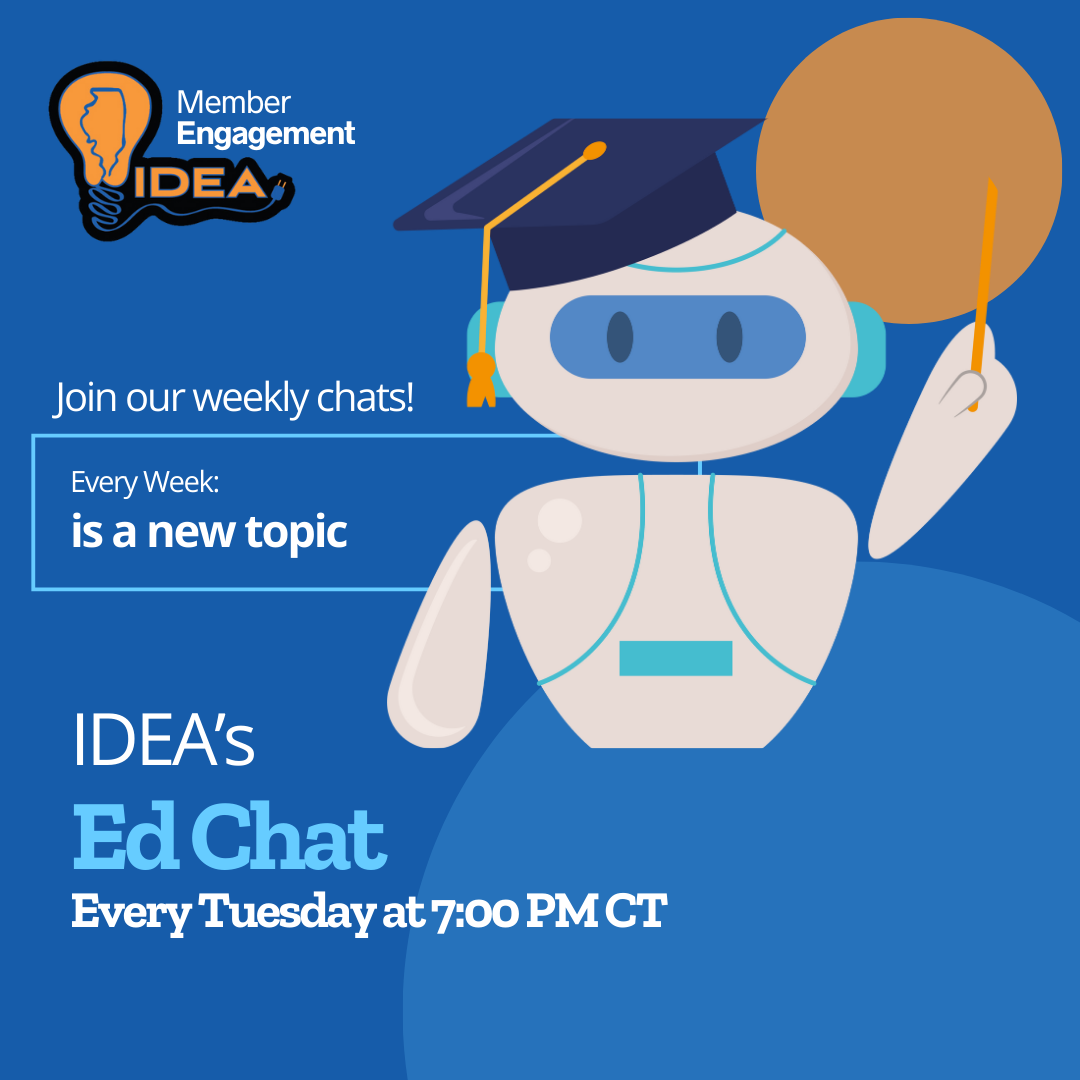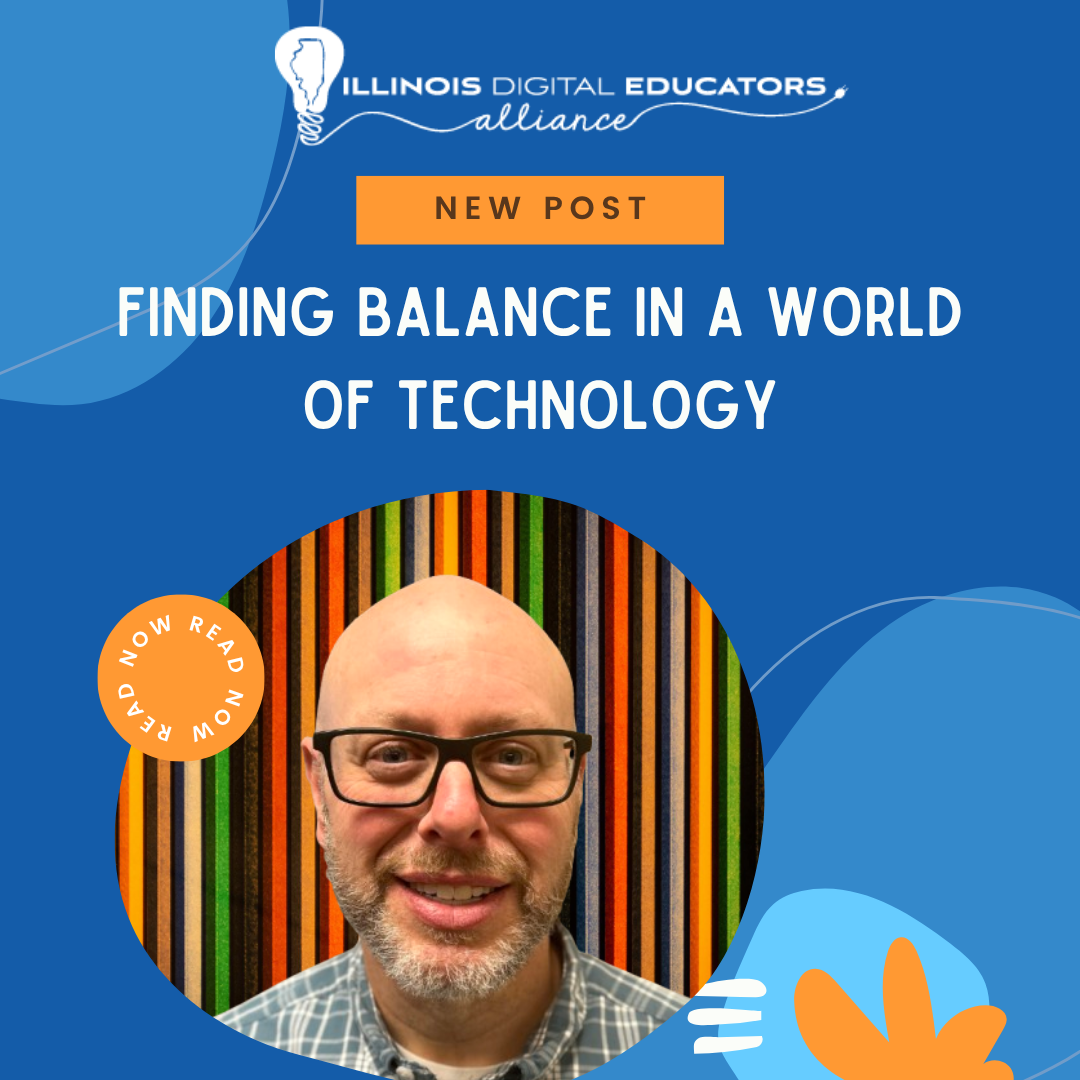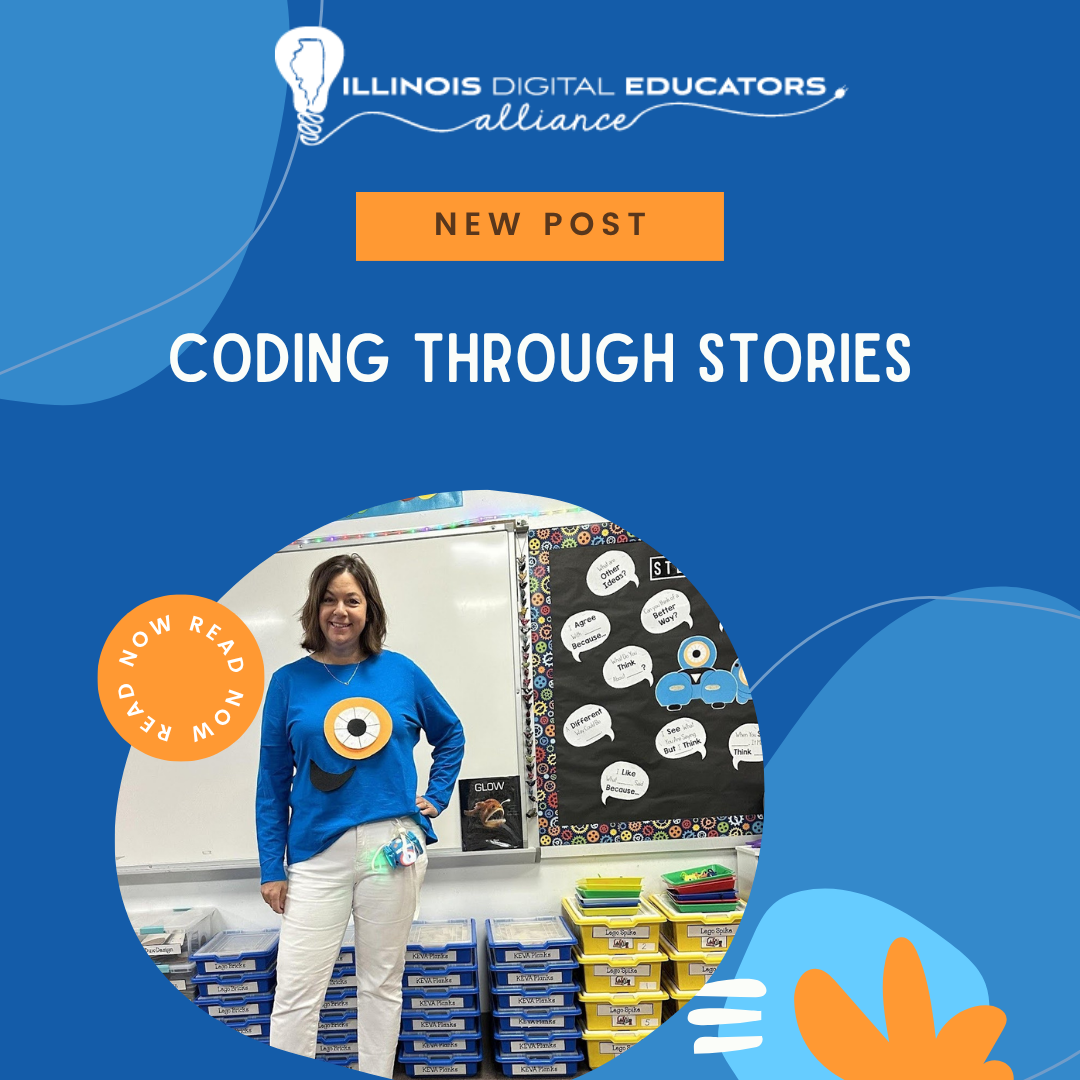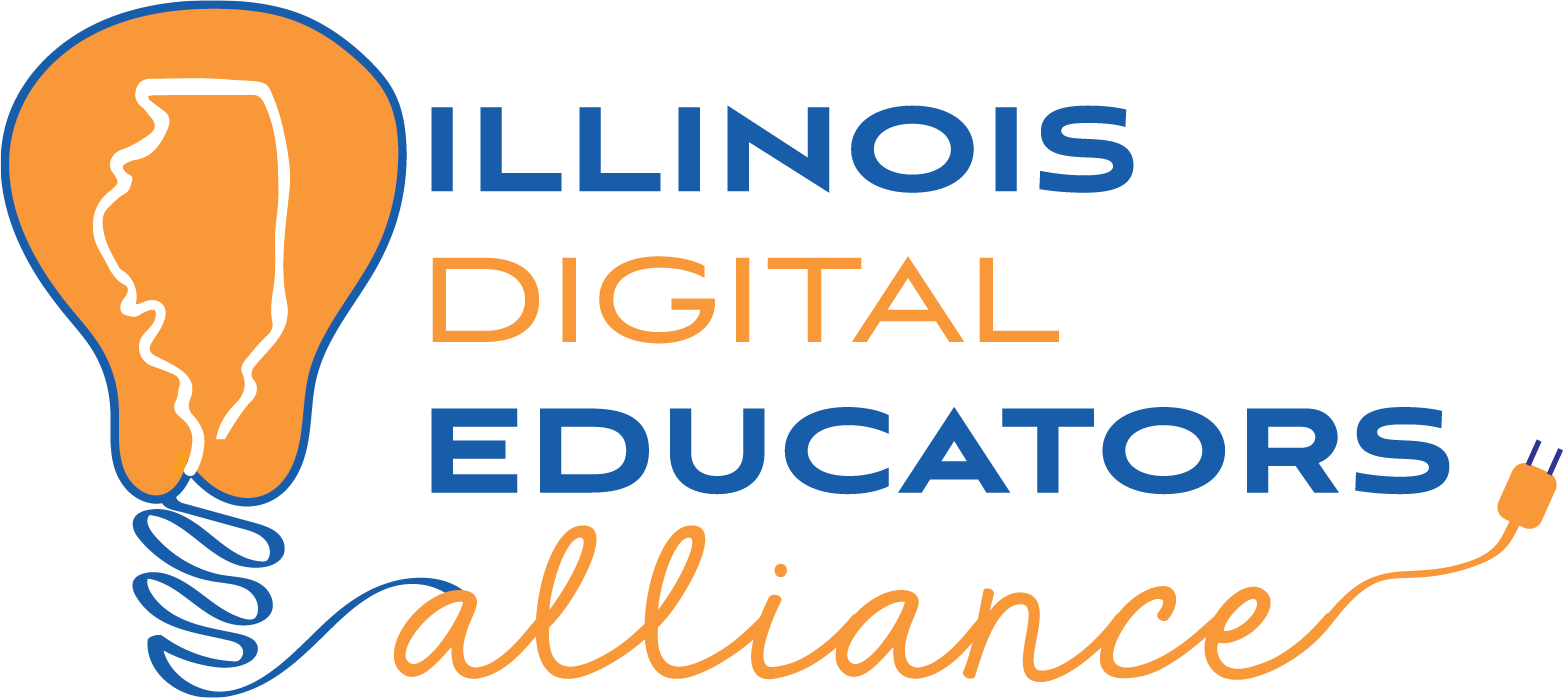How IDEA Is Reimagining Educator Community
For years, educators have gathered at IDEAcon, the flagship conference of IDEA (Illinois Digital Educators Alliance), leaving energized by the connections and conversations they’ve shared. But as the months go by, those connections often fade. Teachers return to their classrooms and daily routines, and although IDEA provides opportunities for professional learning throughout the year, the high of being surrounded by like-minded peers tends to wane without the opportunity for consistent and meaningful connection.
This year, IDEA decided to change that. The organization has launched a pilot Slack community, extending its mission of educator development and well-being into a year-round professional home. Unlike static forums or social media groups, this space is designed to feel alive, a living, breathing extension of the IDEA community.
“Educators need a place to pop in and out of very quickly,” explains Amy Stefanski, the IDEA board member leading the effort. “They don’t have time for static forums. They need somewhere they can drop a message, add an emoji, or share a funny meme in the middle of their day and still feel part of something bigger.”
From the outside, it might sound like just another PD platform. But this community is intentionally different. It’s not built around products or programs—it’s built around people.
At its heart, the space emphasizes pride in the teaching profession and in those choosing to work in education. Over the last several years, the education field has seen a wave of teachers leaving. And yet, many have stayed, not because they had to, but because they chose to. IDEA wants this community to honor that choice, to create a space where staying in the profession feels meaningful, supported, and celebrated.
“This community isn’t about piling more onto educators’ plates,” Amy says. “It’s about professional pride. It’s about reminding educators they’re not alone, and giving them a space where their work is seen and valued.”
The design reflects that balance. Members will find professional growth opportunities—book studies, micro-PD sessions, and IDEA’s weekly chat series—but they’ll also find casual spaces to share wins, seek advice, or connect over humor. It’s part digital teacher’s lounge, part learning hub, part community well-being space.
Wait, weekly chats?
This weekly chat was (re)born from an earlier era of online conversations that sparked friendships lasting nearly a decade. As that space shifted, we knew it was time to carry the same spirit into our own community, creating space not only to reconnect but also to welcome a new generation of educators into the conversation.
On September 2, a group of educators from across the IDEA network gathered in the IDEA Community Slack for something brand new: the first-ever Weekly IDEA Chat. It was 30 minutes of laughter, GIFs, and deep conversation about what matters most at the start of a school year: relationships, routines, and joy.
The first chat proved exactly why this matters.
- Relationships first: Participants emphasized that trust and connection are the foundation of meaningful learning.
- Strong communities: From picture books that reinforce a growth mindset to fun, surprising activities that break the “rules-and-policies” mold, educators shared routines that make classrooms welcoming and consistent.
- Skills that matter early: Understanding how to navigate expectations, building confidence to ask questions, and respecting peers were all named as essential habits to start the year strong.
- Finding joy in teaching: Perhaps the most inspiring theme was that educators reminded each other that curiosity, creativity, and connection are what make this work worth it. From launching student podcasts to teaching speech for empowerment, the joy is alive and well.
Most importantly, the chat felt like a community in action. As Stefanie Crawford, IDEA’s Executive Director, shared, this community space has the potential to provide educators with the kind of encouragement and connection that helps them thrive beyond their school walls.
This is just the beginning. IDEA Chats will happen weekly on Tuesdays in the IDEA Community, and every IDEA member is welcome. Come as you are, share what you can, and know that this is a space built to lift each other.

Why Slack, Why Now?
The decision to use Slack as the platform was both practical and intentional. Having worked with Slack in multiple roles—including building enterprise-level communities for college students - Amy knew its strengths.
Slack is familiar and widely used, making onboarding easy. It offers structured channels and threads to keep discussions organized. Most importantly, it feels dynamic, far removed from the static vibe of a forum or the noise of traditional social media.
“I didn’t want anything that resembled a Facebook group or a forum,” Amy explains. “Slack feels alive. It gives us a platform that looks and feels different, something teachers actually want to check between classes or during prep.”
A Vision for the Future
So what does success look like? For IDEA, it’s not just about numbers, it’s about connection.
The vision is of educators walking into IDEAcon and meeting peers for the first time in person, yet already knowing them through months of online collaboration. It’s about hearing conference chatter where attendees lean in and say, “Wait, how do I join this?” It’s about creating a buzz that partners, sponsors, and even Slack itself can’t ignore.
“I want this to feel like IDEA’s best-kept secret,” Amy says. “I want to see members excited to invite others, to see partners embracing this relaxed space, and for the community to carry conversations forward well before and after the conference.”
This pilot is experimental by design, but its purpose is clear: to create a safe, energizing professional home where educators can connect, grow, and take pride in their work.
“These spaces aren’t for everyone,” Amy acknowledges. “But if you’re curious about what’s happening across the network, if you’ve ever wanted a place to belong, to share, or even create something new, this is that place. We know the work is hard. We grind daily, not for ourselves, but for our students. This is a space to be humble and to be humbled.”
The IDEA Slack community is currently in its pilot phase, running through IDEAcon 2026. Educators can verify their membership now and request an invite.
It may just be the future of educator collaboration, quietly taking shape, one conversation at a time.




